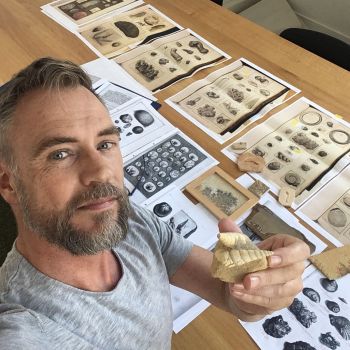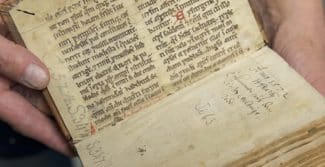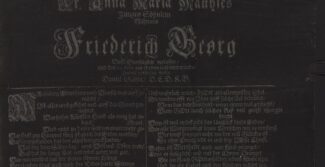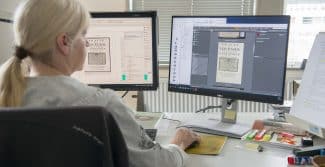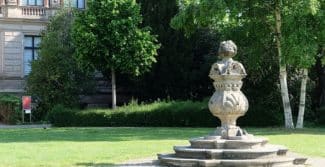Around 1738 the young Carl Linnaeus cut away the redundant decorations from the folios with dried plants he had received as a token of gratitude from George Clifford for describing the banker’s hortus and herbarium in the Netherlands. The young naturalist had no interest in the printed adornments like vases, cartouches and banderols when he incorporated the folios in his own herbarium in Sweden. His vigorous treatment of the sheets can be seen as a decisive moment in the separation of the aesthetic and the knowledgeable within the realm of natural history. My research focuses on the Dutch curiosity cabinets of the collectors that were active just before Linnaeus visited the Netherlands. These collections showed a surprising diversity of ordering techniques and presentation modes that combined the knowledgeable and the pleasurable playfully. However, the ‚cognitive‘ and the ‚aesthetic‘ were not two binary poles, but overlapping domains that intersected in many and complex ways and are often hard to divide. My aim is to analyse the interconnectedness between these two domains within the space of the Dutch curiosity cabinet, by combining minute research in the practices of the collector with broader theoretical concepts and ideas about art and nature. My project will build on previously executed research on individual collectors, such as Simon Schijnvoet, Frederik Ruysch, Maria Sibylla Merian, Levinus Vincent and Joanna van Breda. My aim is to synthesize, expand and deepen this research, and to fuse the results together in a monograph for an international academic public.
https://www.uva.nl/en/profile/r/o/g.m.vanderoemer/g.m.vanderoemer.html
